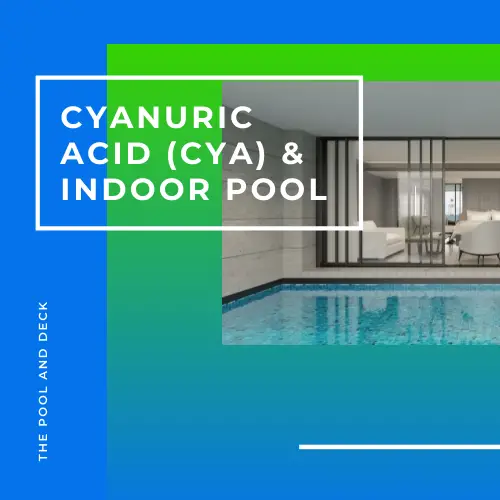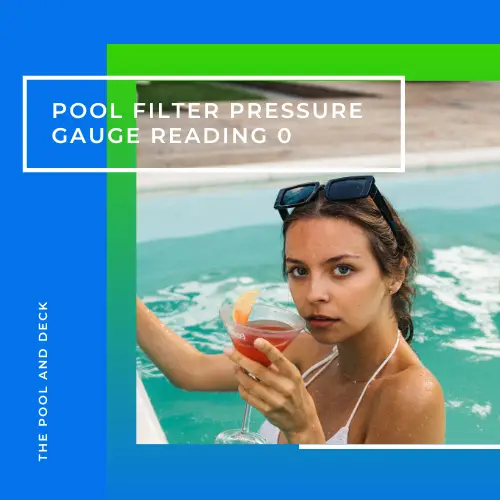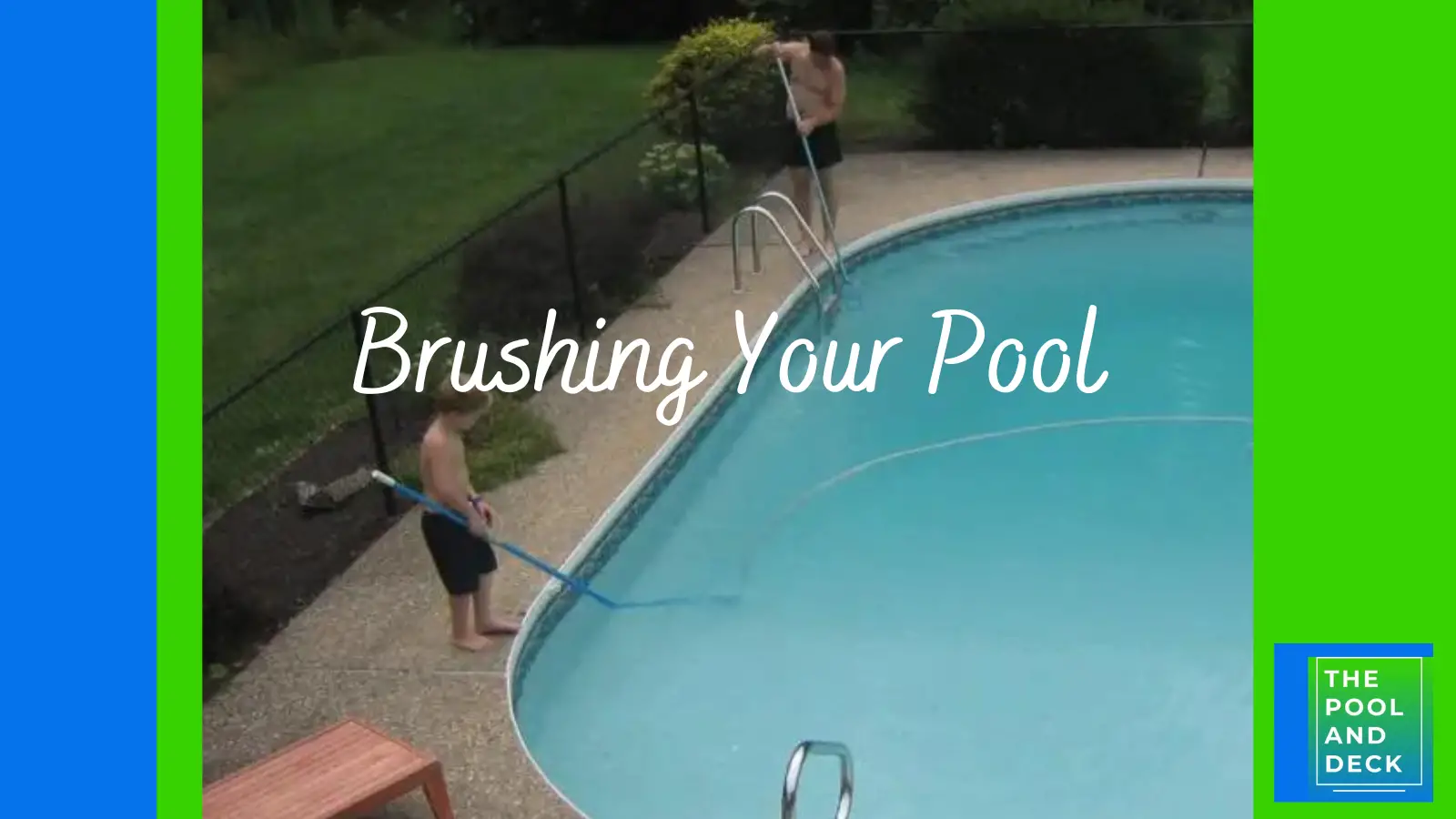How to Raise Total Alkalinity in a Pool the Easy Way
As an Amazon Associate, I earn from qualifying purchases.

As a pool owner, you have to know how to raise total alkalinity in a pool. Total Alkalinity (TA) is an important pool water chemistry parameter and must ideally be maintained within 80-120 ppm.
Low total alkalinity in a pool can lead to a range of undesirable consequences, both for the pool and its equipment as well as the comfort of the swimmers. In this article I shall explain all you need to know about how to raise total alkalinity in a pool.
Table of Contents
Significance of Pool Total Alkalinity
Total alkalinity is a measure of the pool water’s ability to resist changes in pH. It is caused by the presence of dissolved salts, such as bicarbonates, carbonates, and hydroxides. The ideal range for total alkalinity in a pool is between 80 and 120 ppm.
Total alkalinity is important because it helps to stabilize the pH level of the pool water. If the total alkalinity is too low, the pH level can fluctuate wildly, making it difficult to maintain a comfortable and safe swimming environment.
Are you a new pool owner? Then you may want to read Pool Chemistry for Beginners: With 5 Super Helpful Cheat Sheets!
Sustained low total alkalinity makes the pool water acidic and corrosive, which damages pool equipment and reduces their lifespan.
What Causes Total Alkalinity in a Pool to Drop?
There are several factors that can cause total alkalinity in a pool to drop. These include:
- Rainwater has a lower pH and alkalinity than pool water. Therefore, rainwater dilutes the existing pool water and lowers its overall alkalinity. Acid rain, with its even lower pH, can cause an even sharper drop in pool alkalinity.
- Swimmers can introduce bodily fluids like sweat and urine, which are acidic, to the pool. A swimmer overload in the peak pool season is one of the reasons for a drop in pool alkalinity.
- Pool water needs to be replenished after vacuuming or filter backwashing. Replenishment is also required to compensate for water loss due to evaporation and splashing. Replacement water that has low alkalinity can result in lowering overall pool alkalinity.
- Certain chlorine sources, particularly di-chlor and trichlor, have low pH levels. Though essential for sanitization, they do contribute to alkalinity reduction in pool water.
- Increased water movement during pool parties or vigorous water games, can also lead to CO2 loss. The agitation enhances the release of CO2 from the water, resulting in a decline in pool alkalinity.
Early Signs of Low Total Alkalinity in a Pool
You will know that your pool water alkalinity levels have dropped below 80 ppm if you notice:
- Wild pH fluctuations is a sign of low total alkalinity.
- If you notice that the metal components of your pool, such as ladders, rails, and pump parts, are corroding, then you better check and raise pH and TA levels in your pool.
- Are pool users complaining about skin and eye irritation? Chances are that TA and pH levels are too low.
- Low pool alkalinity will make its presence felt by staining or discoloration of the pool walls or floor.
- If you are using too much chlorine then it may be a sign that the total alkalinity is too low.
If you notice any of these signs, you must test the total alkalinity level. If the total alkalinity is too low, here is how to raise total alkalinity in a pool.
How to Raise Total Alkalinity in a Pool
You can raise total alkalinity of your pool either by adding baking soda or soda ash.
Step 1: Test your pool water
Use a pool testing kit to measure the alkalinity level of your pool water. The ideal range for total alkalinity is between 80 and 120 ppm.
You should consider raising the alkalinity level to 120 ppm as that TA level is the best. In other words, irrespective of whether the pool alkalinity is 70 ppm or 90 ppm, aim for 120 ppm.
Pool testing strips or kits are readily available at pool supply stores or on Amazon. So get one, if you do not already have one.
Recommended Test Strips
JNW 7in1 Pool and Spa Test Strips
Simply dip the strip into the water for 2 seconds, hold strip horizontally for 30 seconds, and compare with the color chart on the bottle to obtain accurate water results in just seconds.
Recommended Chemical Test Kit
Taylor K-2005 Complete DPD 9-in-1 Test Kit
Tests for free & total chlorine, bromine, pH, total alkalinity, total hardness, and cyanuric acid (CYA) levels.
Step 2: Choose an alkalinity increaser
There are two common types of alkalinity increasers: baking soda and sodium carbonate (soda ash).
Baking soda raises alkalinity without affecting pH, while soda ash raises both alkalinity and pH.
You can use my Pool Baking Soda Calculator to determine the dosage for your pool.
Baking Soda
America’s #1 Baking Soda Brand. Raises the total alkalinity level to ensure healthy swimming pool water. Helps prolong the life of pool surfaces and equipment.
Soda Ash
for Increasing pH and Total Alkalinity
- Granular soda ash
- Raises pH & alkalinity levels
- Quick dissolving
- Prevents damage to pool and irritation for swimmers
So consider the pH level of your pool before deciding whether baking soda or soda ash is right for your pool water chemistry.
Step 3: Calculate the amount of alkalinity increaser to add
The amount of alkalinity increaser you need to add will depend on the size of your pool and the current alkalinity level. You can use a pool calculator to help you determine the correct amount.
Step 4: Add the alkalinity increaser to your pool
Disperse the alkalinity increaser evenly across the pool surface. Do not pour it directly into the skimmer.
Step 5: Wait for the alkalinity increaser to work
Run the pool pump initially to ensure the alkalinity increaser is well dispersed. It will take 6 to 24 hours for the alkalinity increaser to work. During this time, do not add any other chemicals to your pool.
Step 6: Retest your pool water
After 6 to 24 hours, retest your pool water to check the alkalinity level. If the alkalinity level is still too low, repeat the process.
Additional tips:
- Test your pool water regularly to monitor the alkalinity level.
- If you are using baking soda, add it slowly to your pool. Adding too much baking soda too quickly can raise the pH level of your pool water too high.
- If you are using soda ash, dissolve it in a bucket of water before adding it to your pool. This will help to prevent it from clumping.
Thank you very much for reading the post. I do hope you found it informative and helpful.










